Chausie cats are a hybrid breed that originated from the breeding of domestic cats with jungle cats. This unique breed is known for its wild appearance, high intelligence, and affectionate nature. Breeding Chausie cats can be a rewarding experience, but it requires patience, dedication, and knowledge. In this article, we will provide a comprehensive guide to breeding Chausie cats.
Understanding the Chausie Cat Breed
Before embarking on breeding Chausie cats, it is essential to have a thorough understanding of the breed. Chausie cats are relatively large, weighing between 15-25 pounds, with a muscular build. They have a distinctive wild appearance, with short, dense coats that range in color from brown-ticked tabby to black. Their ears are large and pointed, and their eyes are yellow or green.
Chausie cats are intelligent and active, requiring plenty of mental and physical stimulation. They are also affectionate and loyal to their owners, making them excellent family pets.
Breeding Chausie Cats – Factors to Consider
Breeding Chausie cats requires careful consideration of several factors, including genetics, temperament, and health. It is important to ensure that both parents have the desired characteristics and are free from any genetic defects that may be passed on to offspring.
Temperament is another critical factor to consider when breeding Chausie cats. The breed is known for its high energy levels and intelligence, so it is essential to provide plenty of stimulation and enrichment to prevent behavioral issues.
Health is also a significant concern when breeding Chausie cats. Regular veterinary check-ups and testing for common genetic disorders, such as hypertrophic cardiomyopathy (HCM) and polycystic kidney disease (PKD), are essential to ensure the health of the breeding pair and their offspring.
Preparing for Breeding
Once you have identified suitable breeding pairs, it is essential to prepare for the breeding process. The first step is to ensure that both cats are healthy and up-to-date on all vaccinations. It is also important to acclimate the cats to each other’s presence gradually, as Chausie cats can be territorial.
It is recommended to have an experienced breeder or veterinarian assist with the breeding process. This not only helps minimize risks but also ensures that the mating occurs during the optimal time in the female’s estrus cycle.
Pregnancy and Birth
The gestation period for Chausie cats is approximately 63 days. During this time, it is essential to provide the female with a comfortable and stress-free environment. Adequate nutrition is also crucial for the health of the mother and her litter.
As the due date approaches, it is important to monitor the pregnant cat closely for any signs of complications, such as difficulty breathing or lethargy. If any concerns arise, it is essential to seek veterinary care immediately.
The birth of Chausie kittens is a significant event, and it is important to provide the mother with a quiet and comfortable space to give birth. The kittens should be monitored closely for their health and development, including weight gain and physical milestones.
Socialization and Training
Once the kittens are born, it is essential to socialize them properly to ensure they develop into well-adjusted adult cats. This includes exposure to different environments, people, and other animals at a young age.
Chausie cats are highly intelligent and trainable, making them excellent candidates for training. Positive reinforcement methods, such as clicker training, can be effective in teaching these cats new behaviors and commands.
Conclusion
Breeding Chausie cats can be a rewarding experience, but it requires careful consideration of several factors, including genetics, temperament, and health. Preparing for breeding, monitoring pregnancy and birth, and socializing and training kittens are all crucial steps in the process. With proper care and attention, Chausie cats can be excellent pets for families and individuals who appreciate their unique wild appearance and affectionate nature.

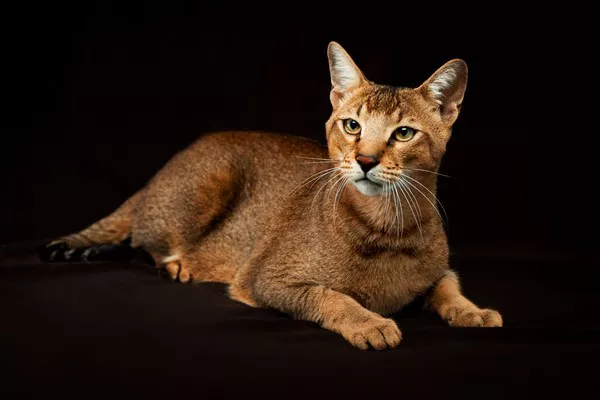


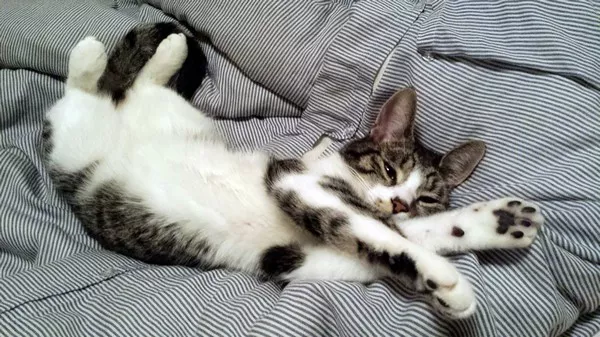
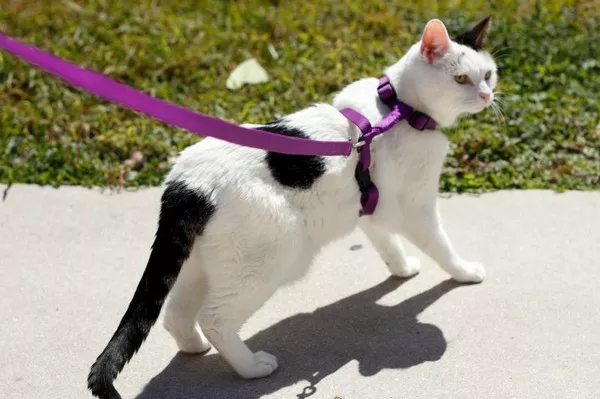



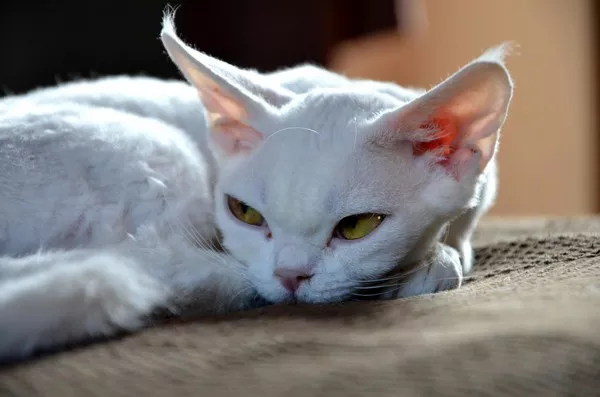
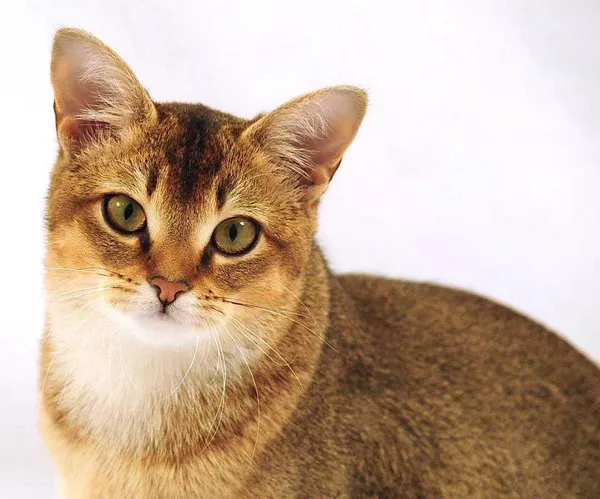

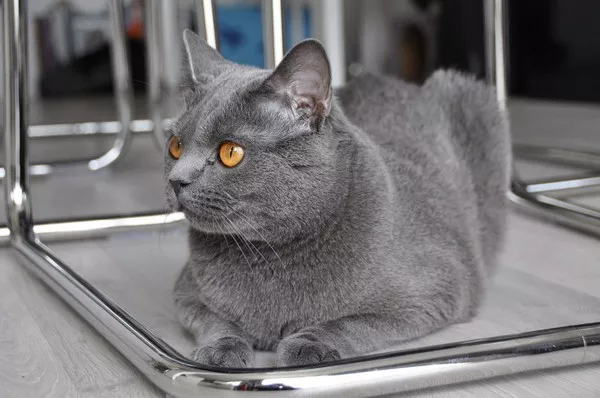
![Do American Curls Protect Their Owners?[Revealed!]](https://www.catsmeowweb.com/wp-content/uploads/2023/06/american-cur-cat-19.webp)













